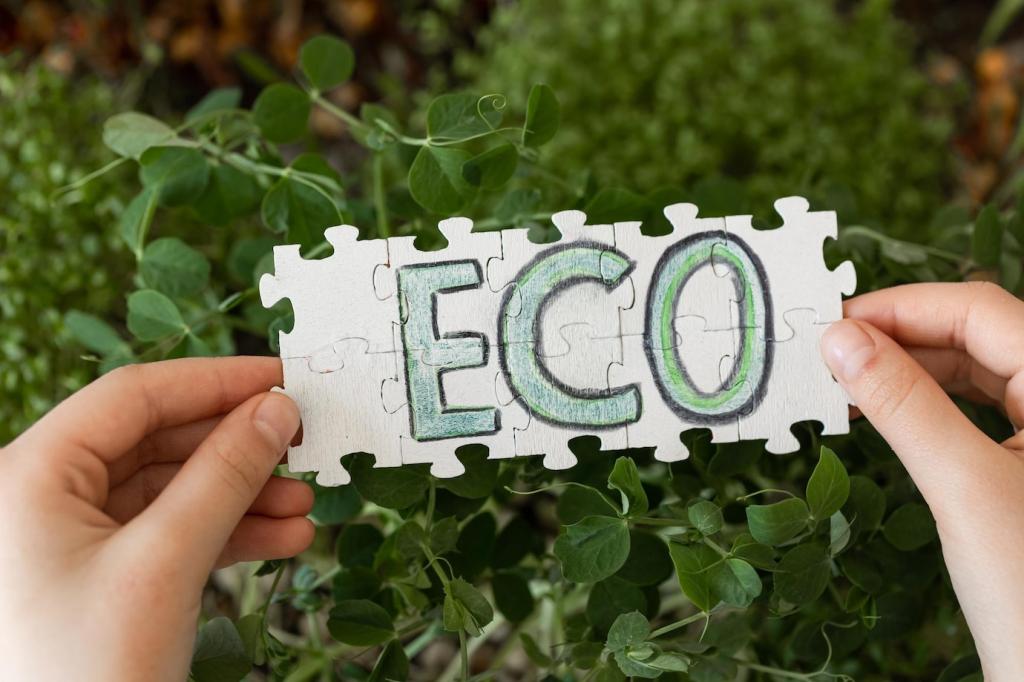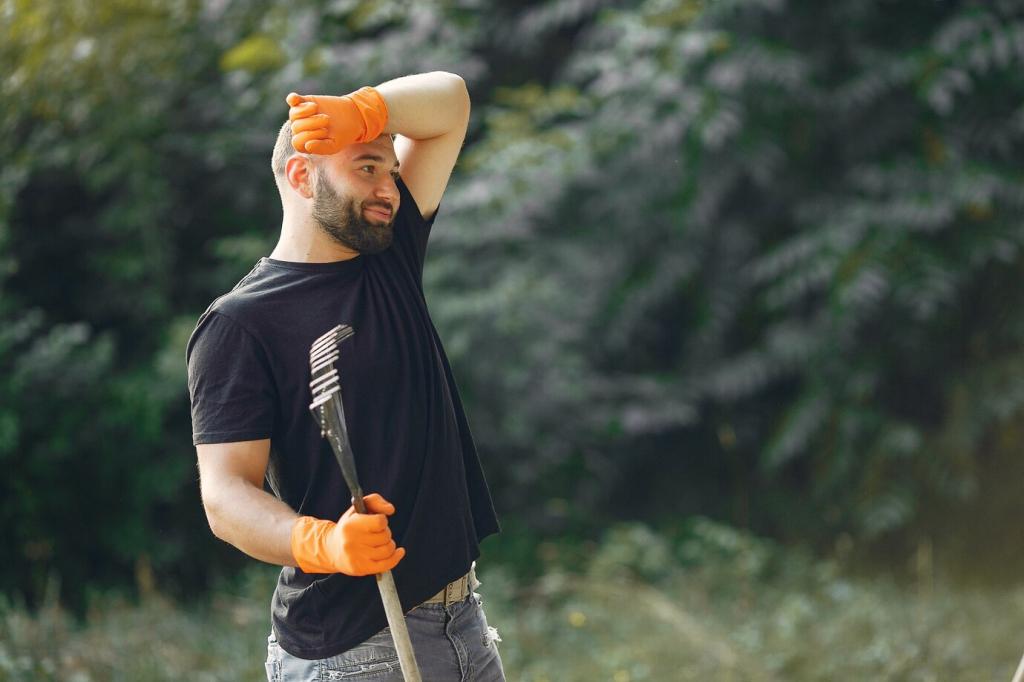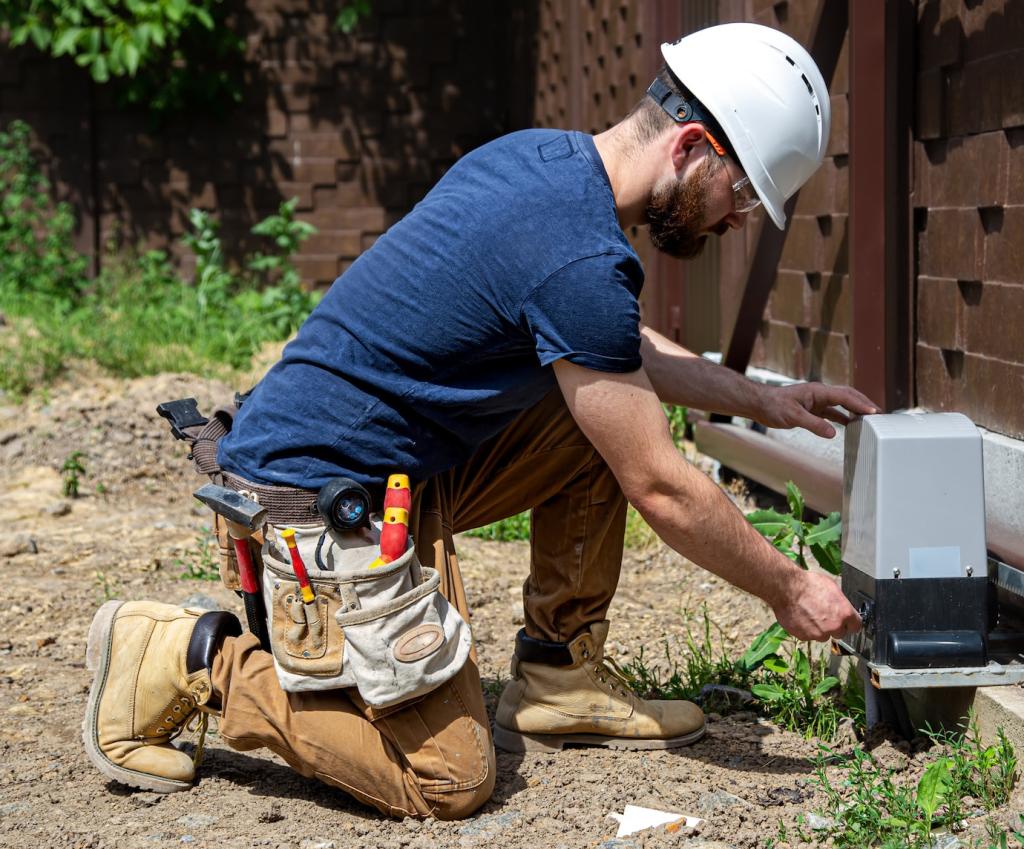Choosing Store-Bought Cleaners Wisely
Seek EPA Safer Choice, EWG Verified, ECOLOGO, or Cradle to Cradle. These programs evaluate ingredients, performance, and environmental impact, helping you bypass marketing hype and prioritize safer cleaning solutions.
Choosing Store-Bought Cleaners Wisely
Steer clear of chlorine bleach, ammonia, quaternary ammonium compounds, undisclosed “fragrance,” optical brighteners, and preservatives like MI/MCI. These can irritate skin, harm finishes, and degrade indoor air quality.










